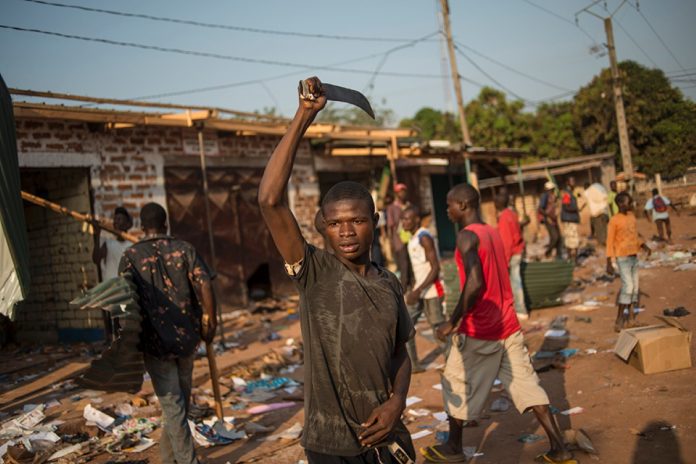(THIS ARTICLE IS MACHINE TRANSLATED by Google from Norwegian)
The Central African Republic (SAR) is, as the name implies, in the heart of Africa. The country has been subjected to considerable violence since a rebel group with a center of gravity in the eastern part capped presidential power in 2013. In February, the Central African government and fourteen of the country's armed groups succeeded in reaching a peace agreement.
Much of the basis for today's conflict lies outside what a peace agreement between the owner and the rebel forces can resolve.
Smail Chergui, negotiator and commissioner for peace and security in the AU, Smail Chergui, said at the signing of the letter of intent in Sudan that the agreement gives Central Africans the opportunity to embark on much needed reconciliation and development work. However, SAR's history may indicate that it is wrong. Much of the basis for today's conflict lies outside what a peace agreement between the government and rebel forces can resolve.
No guarantees
Several of the armed groups that have signed the peace agreement are loose organizations without a command structure that can guarantee that factions of the forces will not continue fighting operations. The same goes for the government. While Erna Solberg has a state apparatus capable of enforcing the policy of the nation's elected officials, President Touadera and the SAR lack both instruments and means to lift the country out of the difficult situation it is in. The framework of the Central African Republic was laid under the French
control and was never meant to work for everyone. Central Africans themselves like to say that the state ends where the suburbs of the capital Bangui begin. For a country that is geographically roughly the size of France, it means that huge areas have been left to themselves. Many years of neglecting conditions outside the capital have created impotence and frustration, and help explain how coups became the norm for change of government in the SAR.
Regional conflict
Another problem is that the solution to the situation in the SAR is not in the SAR alone. The conflict has a regional dimension and is characterized by turmoil in neighboring countries, including the Congo DRC, northern and southern Sudan and Chad. Several of these also have strong interests in the SAR and exert influence on the country's politics. So does the former colonial power France, which along with another international superpower, Russia, was present at the peace talks in Sudan.
If peace is to remain in the SAR, both national, regional and international forces must be willing to contribute resources and expertise to the construction of a functioning and sovereign state apparatus capable of safeguarding all its inhabitants. Then Central Africans will have the opportunity to embark on the work of creating reconciliation and building a lasting peace.


